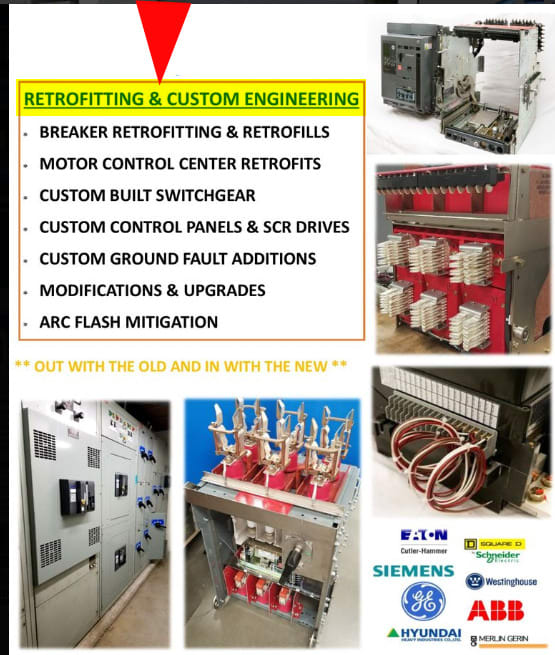rockman7892
Electrical
We have a customer asking us to look into re-using an existing 2.4kV switchgear lineup from one location to replace an existing lineup in another location.
In order for this lineup to work in the proposed location it would have to be re-configured so that the sections matched existing main and feeder cables in current locations.
To make this work the switchgear main breaker would have to become a feeder breaker and one of the feeder breakers would need to become a main. Do most swgr manufacturers allow for this change to take place if breakers have proper ratings and proper CT ratios and protection elements are used?
In most 2000A gear can breaker cells typically accommodate either a 1200A or 2000A breaker? If existing cell is 1200A breaker can a 2000A breaker be used with relative ease?
In order to get existing Non-Seg busduct to work with this gear we’d need to make a tap box and transition with cable into gear? Curious to hear what others think of this practice?
In order for this lineup to work in the proposed location it would have to be re-configured so that the sections matched existing main and feeder cables in current locations.
To make this work the switchgear main breaker would have to become a feeder breaker and one of the feeder breakers would need to become a main. Do most swgr manufacturers allow for this change to take place if breakers have proper ratings and proper CT ratios and protection elements are used?
In most 2000A gear can breaker cells typically accommodate either a 1200A or 2000A breaker? If existing cell is 1200A breaker can a 2000A breaker be used with relative ease?
In order to get existing Non-Seg busduct to work with this gear we’d need to make a tap box and transition with cable into gear? Curious to hear what others think of this practice?

